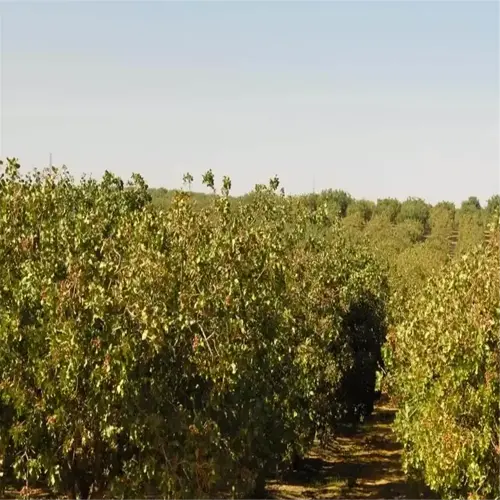Do radishes benefit from fertilizer?

Written by
Benjamin Miller
Reviewed by
Prof. Martin Thorne, Ph.D.Radishes need careful fertilization to optimize rapid root growth (i.e., the edible portion) and foliage development. In one circumstance I ruined a crop from too much high-nitrogen feeds: abundant top growth, but resulting in little to marble-sized bulbs quickly gave me some hard lessons. You will want to emphasize low-nitrogen blends (e.g., 5-10-10 NPK) to meddle in classic underground growth preference over overall top growth.
N-P-K Ratios
- 5-10-10 ideal for root focus
- Avoid above 10% nitrogen content
- Excess phosphorus strengthens root cell walls
Organic Options
- Compost tea: 1 cup/gal every 10 days
- Worm castings: 1/4" layer pre-planting
- Fish emulsion: Dilute 1:4 for seedlings
Symptoms of over-fertilization are often expressed through split roots or occasionally spears that have yellow-tipped leaves. To try and save your stressed plants, we suggest flushing your soil with 1 gallon of water per square foot. What has worked best for me is to side-dress the plants with wood ash, as it contains potassium which helps neutralize the nitrogen, and it also helps advantageously harden the tissue on the roots.
Soil Amendments
- Add 1/2" sand to improve drainage
- Mix in 2 cups perlite per sq ft
- Test pH weekly (aim for 6.5-7.0)
Nutrient Balancing
- Apply gypsum for calcium-deficient soil
- Use Epsom salt spray (1 tbsp/gal) for magnesium
- Stop all feeding for 21 days post-flush
Timing is everything. Feed your radishes, for maximum root growth potential, 3 weeks post-sprouting. My fall planting has been successful. I dug 3" deep bone meal into the soil before planting my crop. In spring I choose to use a compost tea drench instead. Measure growth: a vigorous plant of radishes can grow about 1" of lea. after about 4 days.
Read the full article: How to Grow Radishes: 7 Pro Tips for Bumper Harvests

